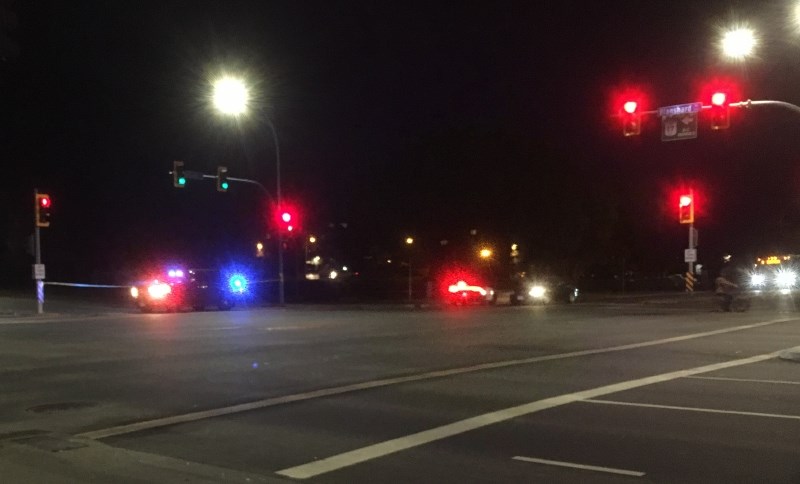Last December, 11-year-old Leila Bui was struck by an SUV at a marked crosswalk on Ash Road in Saanich. The young girl has undergone numerous surgeries but remains largely unresponsive.
In Vancouver so far this year, three pedestrians have been killed while they were using crosswalks.
These tragedies are part of a trend across North America in which pedestrians are increasingly being killed or injured in circumstances that appear inexplicable.
In sa国际传媒鈥檚 Lower Mainland, traffic incidents in which at least one pedestrian was involved rose from 1,700 in 2012 to 2,300 in 2016 (the last year for which numbers are available). That鈥檚 a 35 per cent increase. The corresponding increase on Vancouver Island was 39 per cent. Both of these trends far exceed population growth or vehicle use.
In Calgary, one pedestrian is hit every day on average, half of them in crosswalks. Almost nine out of 10 collisions take place in clear weather, and 72 per cent occur on dry, bare roads.
Police in Ontario say 2016 was the worst in eight years for pedestrian deaths. Meanwhile, in the U.S., pedestrian fatalities have jumped 46 per cent since 2009.
It is by no means clear where the explanation lies. Some collision experts blame the growing numbers of SUVs on our roads. Being heavier than other automobiles, their capacity to inflict serious injury is greater.
It鈥檚 also speculated that our aging population is a factor. Arguably, elderly pedestrians with vision or hearing loss might be more at risk.
Yet SUVs have been around for decades, and our population isn鈥檛 aging fast enough to explain the rapid increase in fatalities.
A more likely answer is driver inattention. Distracted driving is now the main cause of traffic accidents, exceeding drunk driving or speeding. Eight out of 10 crashes across sa国际传媒 involve motorists texting, talking on a cellphone or otherwise failing to proceed with care.
Attorney General David Eby has taken steps to curb this rising threat. Drivers with two tickets for distracted driving over a three-year period now face fines as high as $2,000, up from the previous penalty of $740.
But will this be enough? Part of the problem is that most drivers simply do not understand how much their attention is diverted by these electronic devices. They believe they are in full control of their vehicles, when the reverse is true.
Checking a text for a mere five seconds while driving 45 km/h means you covered half the length of a football field without watching the road. Motorists talking on a cellphone take in only 50 per cent of the visual information available to them.
It will require more than hefty fines to put a stop to this behaviour. It took several decades of campaigns against drunk driving before the carnage caused by inebriated motorists began to decline. We need an even more intense effort to combat driver inattention.
However, there are additional measures we could adopt. There is a mountain of evidence that our urban streets are engineered for cars, with insufficient thought given to pedestrians and cyclists.
Saanich has installed flashing beacons at the Torquay crosswalk and added another street light.
But more must be done. According to the sa国际传媒 Transportation Ministry, sidewalks should be widened and pedestrian overpasses built at hazardous locations. And roundabouts provide a greater degree of predictability at intersections.
Along with municipalities, the province is working on upgrades such as these to make our streets and highways more pedestrian-friendly.
Yet the elephant in the room is driver inattention. Until we convince motorists to put aside their cellphones while driving, the death toll will continue to rise.



